Determining who qualifies for assisted living involves several key factors, including age, financial status, and care needs. Generally, individuals must be at least 62 years old, with some facilities allowing residents as young as 55. Additionally, financial eligibility can vary greatly by state, often influenced by Medicaid guidelines. Understanding these requirements is essential for families maneuvering this process, as it can profoundly impact their loved one’s quality of life and care options. What other aspects should families consider?
Key Takeaways
- Individuals typically need to be aged 62 or older, with many residents being 85 and older.
- Residents often require assistance with daily activities such as bathing, dressing, and medication management.
- Financial eligibility usually involves meeting Medicaid income and asset limits, often capped at $2,000.
- Care assessments evaluate residents’ ability to perform activities of daily living and their cognitive capacity.
- Facilities must comply with county regulations and safety standards for resident care and comfort.
Age and Disability Requirements

As individuals reach their later years, age and disability requirements play an essential role in determining eligibility for assisted living facilities.
The age demographics reveal that the majority of residents are aged 85 and older, with most entering between 75 and 84. Facilities typically set minimum age requirements around 62 to 65 years, although some accept individuals as young as 55.
The majority of assisted living residents are aged 85 and older, with many entering between 75 and 84.
Disability considerations are also critical; residents often require assistance with daily activities such as bathing or medication management. Common chronic conditions, including mobility limitations and cognitive impairments, further influence the need for support.
Understanding these factors guarantees that individuals receive the appropriate care and community engagement, fostering an environment that respects dignity and promotes well-being among older adults.
Financial Eligibility Criteria
How do individuals navigate the financial eligibility criteria for assisted living? Understanding the financial landscape is essential, as it encompasses income restructuring and asset management that can either facilitate or hinder access to necessary services.
Key factors to take into account include:
- Income limits: Medicaid State Plans and HCBS waivers set specific thresholds.
- Asset limits: Generally capped at $2,000, with exemptions for certain assets such as homes and vehicles.
- Legal strategies: Engaging in asset restructuring can help individuals meet eligibility without disqualification.
- State-specific requirements: Each state has unique regulations that must be adhered to.
Care Needs and Functional Impairments

Maneuvering the landscape of assisted living eligibility requires a keen understanding of care needs and functional impairments, as these factors are essential in determining whether an individual qualifies for such services.
Care assessments play a vital role in evaluating an individual’s ability to perform activities of daily living (ADLs) independently or with limited mobility support. Individuals may require assistance with tasks such as bathing, dressing, or meal preparation but must demonstrate partial independence.
Additionally, residents with stable health conditions, who do not require intensive medical care, are prioritized. Facilities assess cognitive and functional capacity to guarantee that only those who can safely navigate their environment and participate in their care planning are admitted, supporting a thriving community.
Residence and County Participation
When considering residence and county participation in assisted living facilities, it is vital to recognize the role of local regulations and community engagement in shaping the living experience of residents.
County regulations dictate operational standards, guaranteeing that facilities provide safe and dignified care. Community involvement enriches residents’ lives by offering diverse activities tailored to their interests and abilities.
Key aspects of residence and county participation include:
- Compliance with state licensing requirements to guarantee safety and care standards.
- Engagement with local organizations to enhance social programming.
- Opportunities for residents to contribute to activity planning and feedback.
- Regular community outings to foster connections and reduce isolation.
Through these efforts, assisted living facilities can create a vibrant, supportive environment that honors residents’ needs.
Enrollment Process and Program Specifications

The enrollment process for assisted living facilities serves as an important gateway for potential residents, ensuring that their specific needs and preferences are meticulously evaluated and addressed.
This process begins with the completion of required enrollment documentation, including agreements for shared living units and thorough medical history records. Care plan assessments play a vital role in determining individual care needs, mobility levels, and social requirements.
Subsequently, individualized care plans are crafted, detailing specific services, emergency procedures, and dietary needs. Additionally, informed consent must be obtained to confirm the resident’s legal capacity to participate.
With a focus on safety and comfort, facilities meet living unit requirements, including essential amenities and privacy standards, enhancing the overall resident experience.
Bottom Line
In conclusion, qualifying for assisted living involves meeting specific age, financial, and care needs criteria, alongside residency requirements. Individuals typically must be at least 62 years old, with many residents aged 85 and older requiring assistance due to various impairments. Understanding the financial eligibility, including Medicaid guidelines, is essential for prospective residents and their families. By maneuvering through these criteria effectively, individuals can access the supportive services necessary for a dignified and fulfilling lifestyle in their later years.




